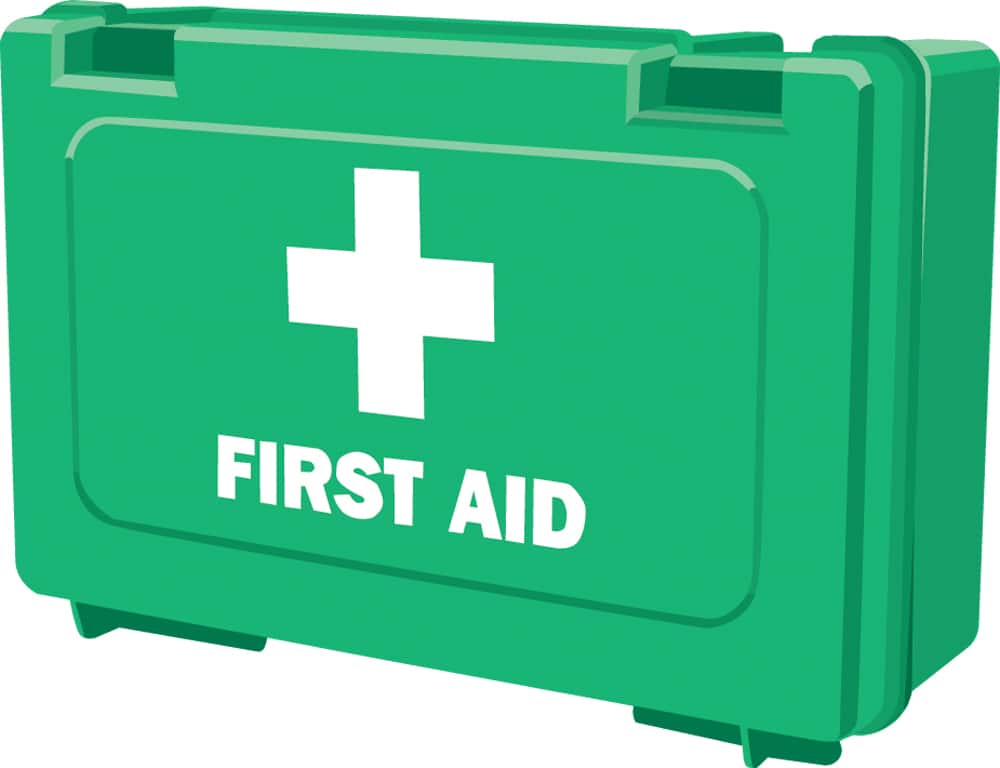Frostbite most often happens to mountaineers and people who work outdoors in cold weather. However, it can also affect everyday outdoor enthusiasts, such as RVers, who enjoy winter activities. You are at risk anytime you are exposed to temperatures below freezing.
Frostbite is considered a medical emergency because it can lead to tissue destruction. Most often frostbite affects the extremities — fingers and toes, hands and feet — but it can also damage the nose, ears, cheeks, forehead and shins, because these parts of your body are either naturally exposed to the cold or there is little blood flow there to deliver warmth to the tissues.
The combination of cold temperature, hypoxia (reduced oxygen uptake while breathing) and dehydration due to the dry atmosphere at higher elevations increase the risk of frostbite at high elevations.
Prevention
To prevent against frostbite, protect the skin from exposure to temperatures at or below freezing. If your body gets cold enough, the flesh will freeze, whether you’re outside riding a snowmobile or on a hike. While it’s important to wear proper clothing, such as gloves and boots, prevention is about keeping your clothing dry. If your gloves and boots get wet, they will not protect you.
Prevention also depends on your body functioning properly, so it can easily pump warm blood to the extremities to keep them from freezing. Your body is kept warm through exertion, and if you are unable to move about freely and generate body warmth through exercise, you are more vulnerable to frostbite. Being well nourished is also important, because that gives your body the fuel it needs to generate energy to keep the internal fires burning. If you have a medical condition that results in impaired circulation, you are more vulnerable to frostbite. If you become dehydrated, your blood thickens and will not move as easily to all parts of your body, and you become more vulnerable.
To help prevent frostbite, keep all parts of your body covered, including the head (ears are extremely vulnerable) and hands. When appropriate, wear a neck warmer, and use hand and foot warmers inside mittens and boots. Carry back-ups of critical clothing items such as gloves, mittens, boots, socks, etc. Do not tolerate any level of numbness or wet clothing. Take immediate and appropriate action if you think you are experiencing frostbite symptoms.
Signs and Symptoms
One of the first symptoms of emerging frostbite is numbness. If you can’t feel them, that’s a clue: they’re numb. In fact, if you can’t feel the end of your boot, your feet are numb, and you are in the first stages of frostbite. The same goes for fingers, ears, cheeks and other parts of the body. If they become numb, they are frozen and need immediate treatment.
We need to intentionally pay special attention to the parts of the body that are most vulnerable such as those that aren’t causing discomfort. Periodically, wiggle fingers and toes and test to see that you can still feel them. For the face and ears, exercise the facial muscles and feel for numbness. Check your ears with your fingers. As frostbite increases, the skin may take on a waxy pallor and become slightly white or yellow in color. Use a mirror to check your own face and ears, and if you’re with companions use the buddy system to check each other. Do this frequently when the temperature is below freezing and skin is exposed.
Blisters and swollen, gray or blackened tissue are advanced signs of frostbite. If you see these, the victim is in serious need of immediate medical attention.
Take Action
If a hand or foot is numb, take that symptom seriously and move the victim to a warm, dry shelter.

This information is instructional only and not intended as medical advice. Consult a physician/trained medical personnel and/or hospital immediately if you experience an emergency.
If an individual with a frozen foot has some distance to walk before reaching safety, it’s better to keep the boot on the frozen foot during the walk and then thaw it later. Never thaw a frozen extremity if there is any chance that it will refreeze. Flesh that has once been frozen will be at greater risk to future freezing.
When you get the victim to a suitable location, remove the boot and begin the rewarming process. Be aware that the rewarming (thawing) process is intensely painful. You can begin by inserting the frozen fingers or toes beneath a friend’s armpit, if nothing more suitable is available. A better method is to immerse the limb in warm (not hot) water (suggested is 105-110 degrees F). The water will feel hot, but will do no damage to the flesh, although it might do some damage to the victim’s vocabulary.
After thorough thawing, loosely wrap the limb to protect it while not impeding circulation. As soon as possible, get the injured party to a hospital for professional care.
Winter is an exciting and beautiful time to be outdoors. There’s nothing quite as scenic as being in an RV, looking out the window at a postcard view of a mountain campground blanketed with snow. By taking proper precautions, you can safely enjoy this wonderful time of year and return with memories that will last a lifetime.


